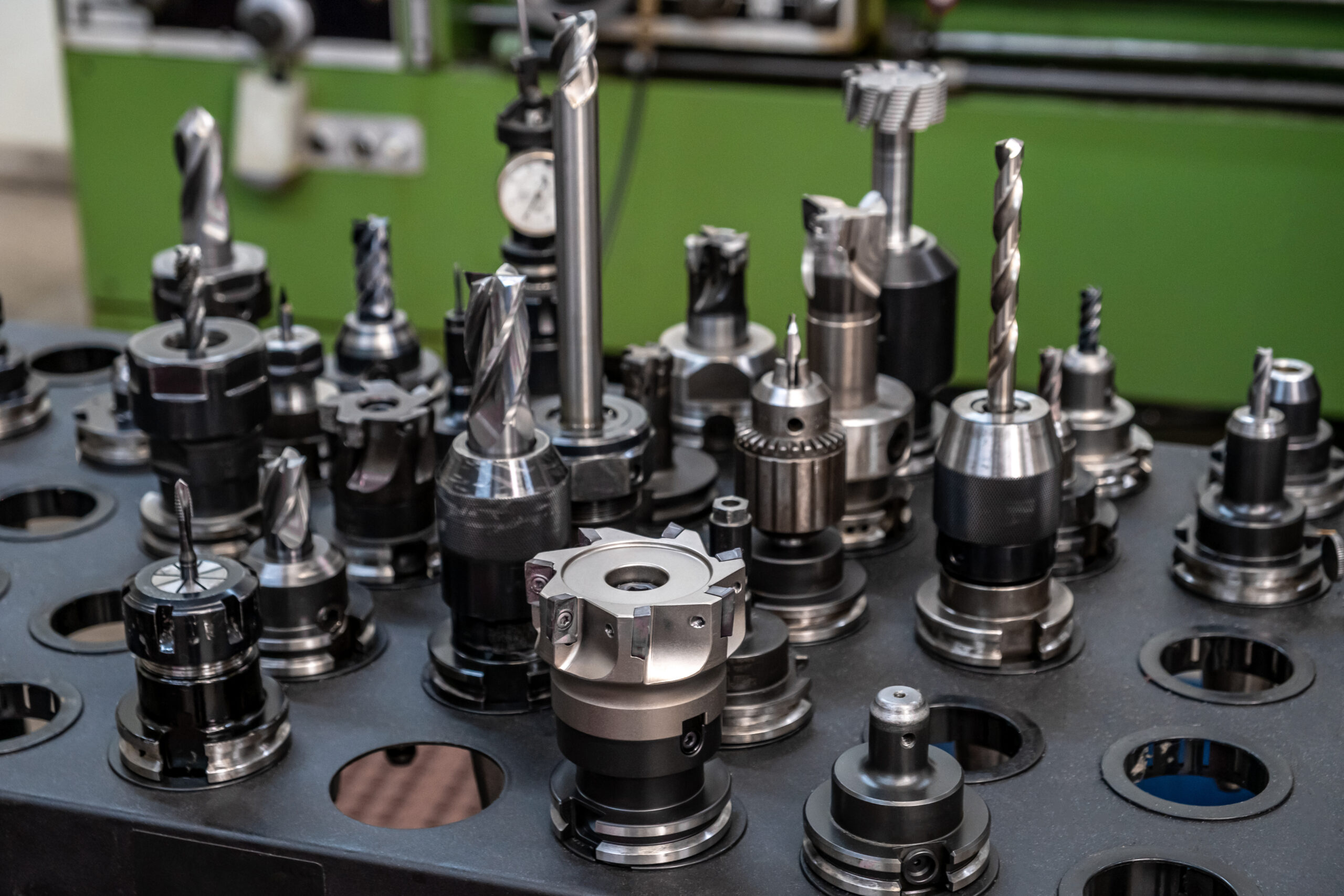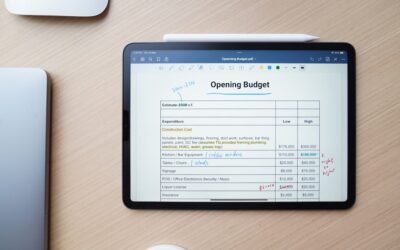In our ongoing blog series about machine shop estimating methods, we’ve covered experience-based estimating in Part 2, which relies on the expertise of professionals to provide quick and easy cost projections. Now, in Part 3, we’ll explore time and materials estimating – a more objective approach that focuses on the direct costs of labor and materials.
Time and Materials Estimating – The Basics
Time and Materials Estimating is a method that calculates the cost of a job by adding the cost of materials and the time spent on labor. It is a straightforward approach that requires minimal data and can be easily understood by both machine shop employees and customers. This method is particularly useful for jobs that are relatively simple, have well-defined requirements, and have a low degree of variability.
Pros and Cons of Time and Materials Estimating
Pros:
- Simplicity: This method is easy to understand and requires minimal data collection or analysis.
- Transparency: The costs are clear and transparent, making it easy for customers to comprehend the pricing.
- Adaptability: Time and Materials Estimating can be used for a wide range of jobs and projects.
Cons:
- Lack of accuracy: This method may not be as accurate as other methods, particularly for complex or custom jobs.
- Limited cost control: It does not provide insights into potential areas for cost reduction or optimization.
- May not account for indirect costs: Time and Materials Estimating may not include indirect costs, such as overheads and equipment maintenance, which can impact the overall cost of a job.
Implementing Time and Materials Estimating in a Machine Shop
To implement Time and Materials Estimating in a machine shop, you will need to gather the following data:
- Material costs: Determine the cost of materials required for the job, including any additional materials needed for setup, waste, or contingencies.
- Labor costs: Calculate the labor costs by multiplying the number of hours spent on the job by the hourly rate for the machine shop employees.
- Indirect costs: Account for indirect costs, such as overheads and equipment maintenance, to provide a more accurate estimate of the job’s cost.
Summary
Throughout Part 3 of our blog series, we’ve explored Time and Materials Estimating, a simple and straightforward method for estimating costs in a machine shop. We learned about the process of estimating time and materials, as well as its advantages and disadvantages. While it may not be the most accurate method for complex or custom jobs, it can be a suitable choice for many projects due to its ease of use and adaptability. As we continue our journey through machine shop estimating methods, stay tuned for Part 4, where we will discuss another popular estimating method: Machine-Hour Estimating.




0 Comments